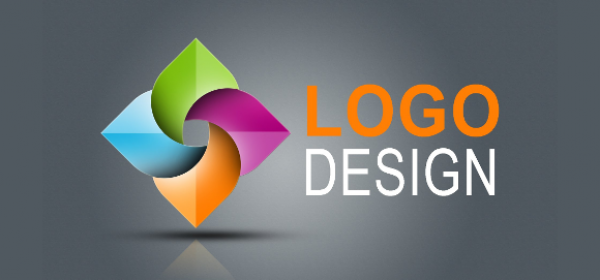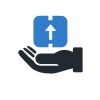Logo design is, naturally, an art. The strategies behind designing a successful and memorable logo involve goal setting, research, development, feedback, and careful revision. See how to create a dynamic and effective logo with the following process:
Step 1: Set Goals And Expectations
The amount time spent researching and preparing before starting a logo design will mean fewer revisions and time saved later on in the process.
When you first reach out to a client, you should outline your creative process and an approximation of the amount of time it will take to complete their project. Setting deadlines means you and your client have the right expectations set from the start.
Step 2: Research
Before starting a design, ask the client to provide a few inspiration images and logos. You may also consider giving clients a worksheet or asking them to send an email answering a series of questions about their business. Take some time to research competitors and other industry designs.
Step 3: Inspiration
Keep your design skills sharp. Take some time each day to gather and organize logo designs and other designs you like. Using a program such as Evernote or website such as Pinterest can help you keep track of great designs. This will help you stay fresh when you start a new project.
Step 4: Sketching And Keywords
Start a rough sketch on paper before beginning on the computer. Rather than spending a lot of time working on a complex design in Illustrator, test out a variety of designs in sketch form first. You can scan your favorites and easily convert them into a vector format for further refinement later.
You can also write down a few keywords and use that to inspire your designs.
Step 5: Digital Implementation
Once you have a few designs you like, scan them in and make them into vectors in Illustrator with the tracing function.
It’s best to start in black and white to make sure the design is simple enough to appear in a variety of different sizes. Having too many colors to begin with can make a design cluttered.
Only pick 2–3 designs to give the client to start with. Too many choices can be overwhelming, so start with a couple of your best ones.
Client Feedback
Working closely with clients is obviously key to a good logo design. It doesn’t make sense to spend a lot of time and effort on a design that the client isn’t pleased with.
Touch base with your clients frequently and get their feedback through various stages of the logo design process. This also helps in building their trust as they gain a better understanding of what they are investing their time and money in.
Step 6: More Digital Implementation
After some client feedback, head back to the computer and make changes or provide additional samples. You can incorporate ideas from the client and understand their vision more clearly after the initial feedback. The feedback and revision process may have to be repeated once or twice more.
Step 7: Color And Typefaces
It’s best to provide clients with at least three different logo samples, each having color variations and typefaces that work well with the mark and company’s message.
Step 8: Final Revisions
After the client decides on the best overall solution for their logo, make any additional minor changes necessary.
Another great touch is to mock-up what their new logo will look like on their existing website or stationery. This helps the client see how the logo will work in with their brandig strategy and gets everyone excited to see their logo in action.
Step 9: Delivering The Files
Since the client will be using their logo in a variety of applications, provide the original vector image as well as a PNG and JPEG for print and web along with any fonts and color swatches I used.










